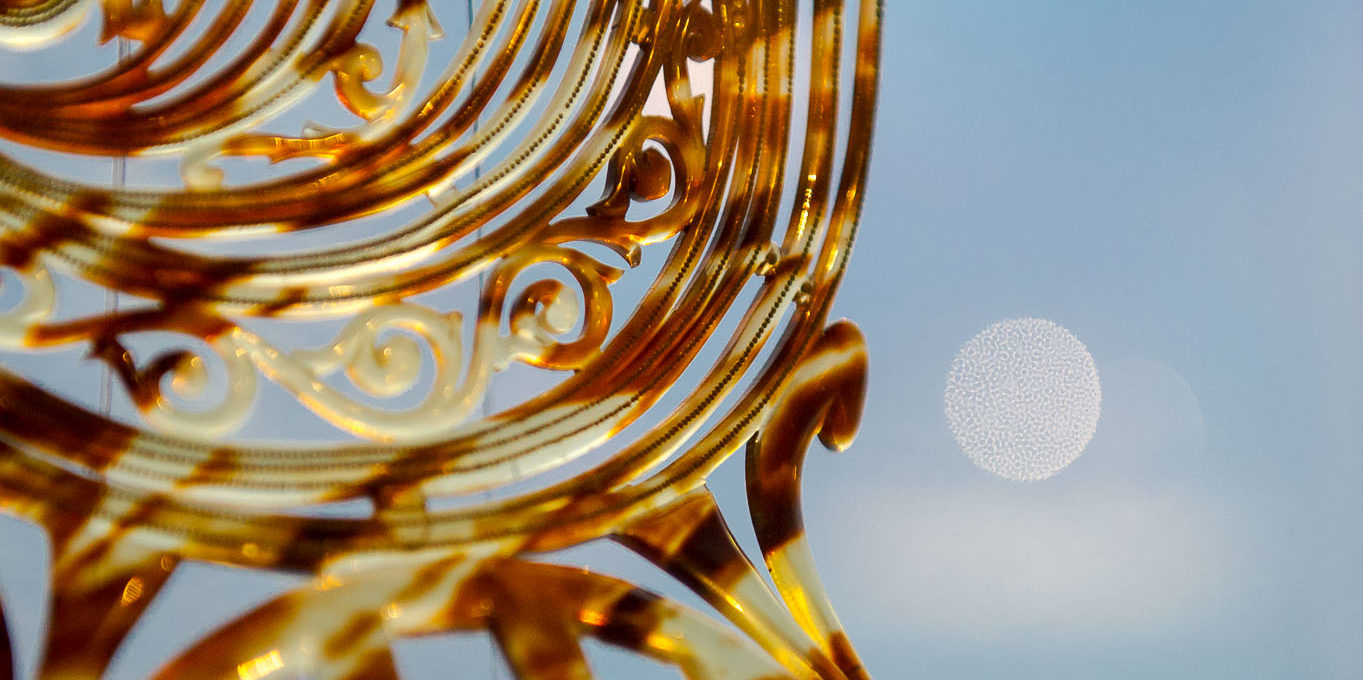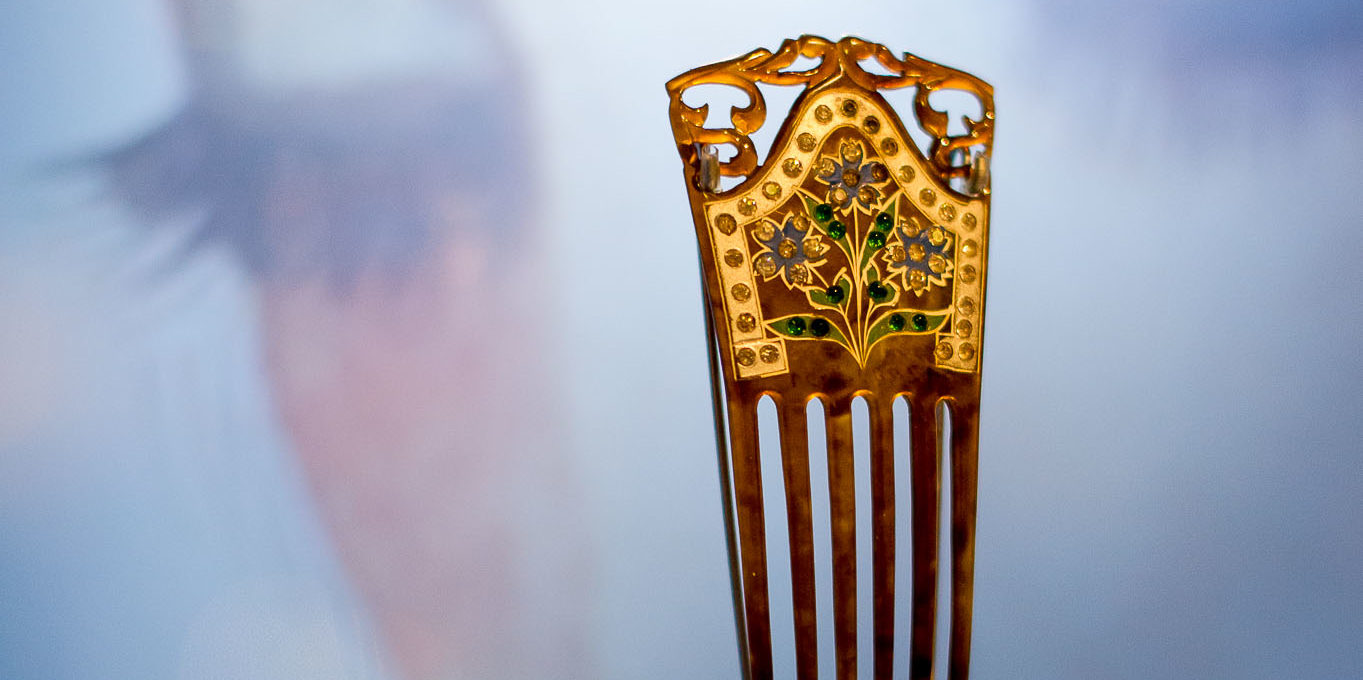-

Peigne en buis Musée du Peigne et de la Plasturgie à Oyonnax - HautBugeyTourisme©2014_MarcChatelain
-

Peigne en buis Musée du Peigne et de la Plasturgie à Oyonnax - HautBugeyTourisme©2014_MarcChatelain
-

Peigne en buis Musée du Peigne et de la Plasturgie à Oyonnax - HautBugeyTourisme©2014_MarcChatelain
-

Musée du Peigne et de la Plasturgie à Oyonnax - HautBugeyTourisme©2014_MarcChatelain


